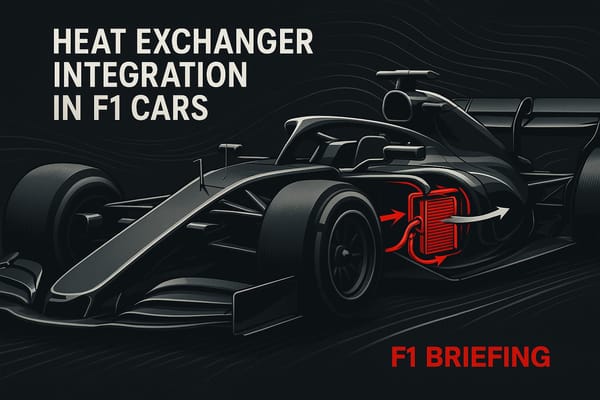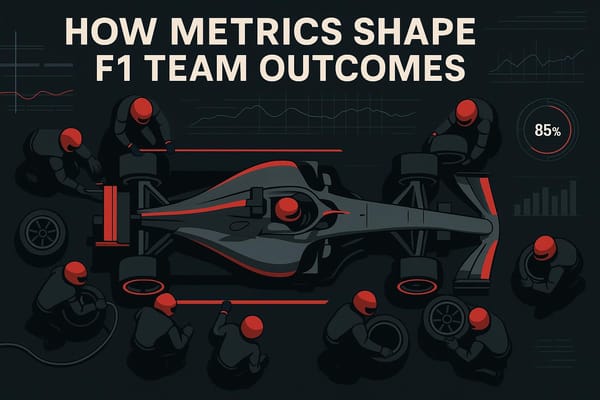Williams Racing: Founding Story and Early Triumphs
Explore the inspiring journey of a small racing team that became a Formula 1 powerhouse through innovation, resilience, and strategic partnerships.

Explore the inspiring journey of a small racing team that became a Formula 1 powerhouse through innovation, resilience, and strategic partnerships.


Checklist for meeting F1's 2025 flexi-wing rules: Article 3.15 limits, 75 kg rear‑wing and 30 N slot‑gap tests, FEA, static/wind‑tunnel validation and race monitoring.

How F1 cars collect, filter and transmit ~1.1M sensor data points/sec using on-car CAN networks, encrypted wireless telemetry, and factory links.

Explains how F1 teams optimize radiator placement, ducting, and 3D-printed cores to balance cooling needs with aerodynamic drag and performance.

Integrated car, driver, and pit-crew metrics—aligned with cost-cap efficiency—are the decisive edge that turns F1 telemetry into consistent race wins.